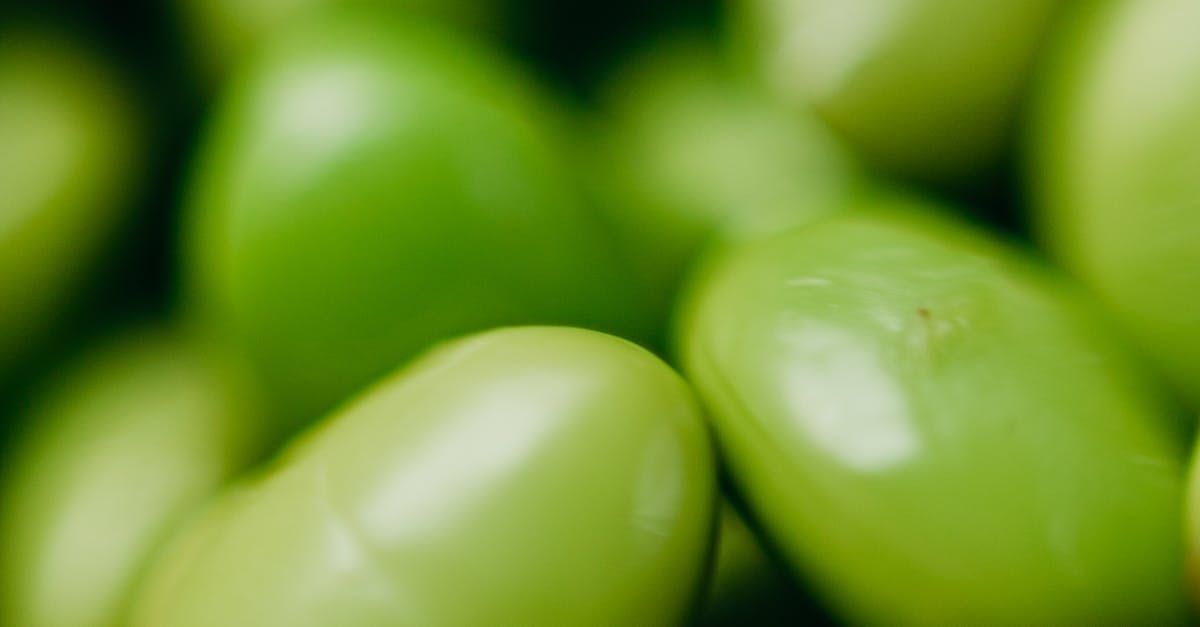Beans
KEY INFORMATION
Height: to 200cm
Spread: to 40cm
Half-hardy annual
Full sun
Germination: 5-10 days
Harvest: From 10 weeks
VARIETIES AVAILABLE FROM
COLLIE FLOWERS
Broad Beans, Aquadulce Claudia
Dwarf French Bean, Tendergreen
Climbing French Bean, Cosse Violette

Growing Guide
Broad Bean
Sow Broad Beans from November to March indoors or outdoors, winter sowings outdoors should be protected with a cloche or similar. Plants grown indoors should be hardened off before planting out.
Sow broad beans at a depth of 5cm deep and a distance of 25cm apart within each row and water well. When sown indoors in pots plant one per module or small pot at the same depth. Plant broad beans in double rows set 25cm apart and allowing at least 60cm between each double row.
Keep well watered, particularly as flowers begin to set and hoe between rows regularly. Pinch out the growing tips after the first flowers have set pods to deter blackfly and encourage further pods to set.
When picking pods to shell, wait until the beans are visible through the pod. But don’t leave them too long – the scar on the bean should still be white or green, not black, as the beans will become tough at this stage. Small beans are sweeter and more tender that large ones.
Runner Bean
Indoors, sow seed from mid March at a depth of 5cm in 7.5cm pots or trays of free-draining, seed sowing compost. Place in a propagator or inside a plastic bag until germination. Once germinated, grow runner beans on in cooler conditions until all risk of frost has passed and runner bean plants are large enough to be transplanted. Harden off before planting outdoors in rich fertile, well drained soil in full sun or semi shade with protection from strong winds.
Alternatively direct sow runner beans outdoors from late April at a depth of 5cm and a distance of 30cm apart. Plant runner beans in rows that are 1.5m apart, or where space is limited, grow beans onto a wigwam structure. Plants require support from canes, strings or netting which should be put in place when planting.
Water runner beans regularly, particularly as the flowers develop, and provide a liquid feed every 14 days during mid-summer. Pick the beans regularly and a little on the young side to ensure top quality and prolonged cropping.
When it comes time to clear your runner bean plants in autumn, simply cut them down and “leave the roots in the ground,” runners are perennial plants and, with a good mulch, they “may reappear next spring with strong growth and multiple stems.”
Edamame
Edamame is a frost-tender vegetable that can be planted in late spring in a location with full sun. Two to four weeks before planting, dig a thick layer of compost into the seed bed to provide the plants with sufficient nutrients.
In May and June, direct sow Edamame 1 to 2cm deep, 10cm apart, in rows 60cm apart. For regular harvests over the summer, sow small rows at 10 day intervals.
Thin seedlings to 20cm apart when the plants are 20cm tall. Weed shallowly to avoid disturbing the plants’ roots.
Water regularly. Edamame tolerates some drought, but yields may suffer. Plants do not generally require staking. For the best flavor, harvest edamame pods in the evening when they are 5-8cm long, bright green, and plump. Snap or cut (do not tear) pods off plants. Yellow pods and/or leaves indicate that the peak of flavor and texture has passed.
French Beans
Sow seeds indoors from mid April for transplanting later on, or direct sow outdoors from late May to July.
Indoors, sow bean seeds at a depth of 4cm in 7.5cm pots or trays of free-draining, seed sowing compost. Place in a propagator or seal container inside a plastic bag until germination. Do not exclude light as this helps germination, and keep pots moist. Once germinated, grow on in cooler conditions until all risk of frost has passed and the plants are large enough to be transplanted.
Gradually acclimatise them to outdoor conditions over 7 - 10 days before planting French beans outdoors in rich fertile, well drained soil in full sun with protection from strong winds.
When growing beans, hoe between plants often and water regularly. Provide a compost mulch around the base of bean plants to combat dry periods.
Picking the beans stimulates your plants to produce more and gives you a longer harvest period. Although some bean varieties stay tender as they grow, others become more tough and stringy. Beans are best picked when they are still small and tender.
TOP TIPS
If you have plenty of space and a light soil, preparing a bean trench will help keep your thirsty bean plants well hydrated in the growing season, Dig your trench in winter, line it with cardboard or newspaper and fill it with vegetable peelings and soil. Beans are hungry plants so be sure to feed them once their flowers being to appear.
Don’t be tempted to plant out your beans until the risk of frost is over. The shock of lower temperatures could kill them. Harden off your plants by putting them outside for a short time each day and bringing them in each night until they’ve acclimatised.
Climbing beans need something to cling to as they grow and everyone has their own preferred support method, whether that’s a few sticks in a container, a wigwam made of canes or something more purpose made. Whatever you do be sure to give them the support they need, or perhaps try trailing them from a windowbox for something a bit different.
